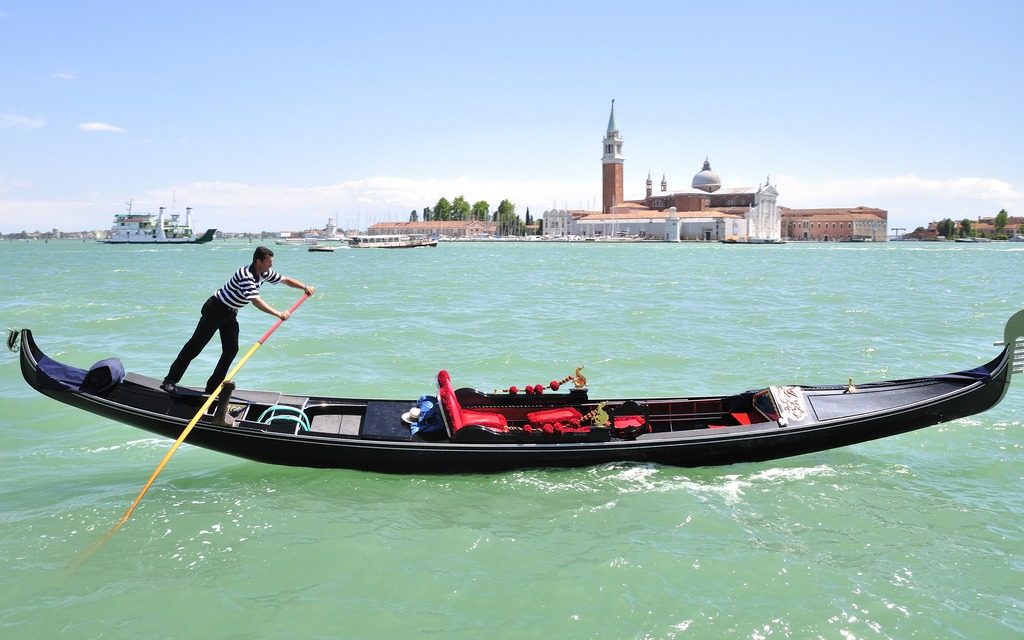While I went on a trip to Venice I heard about the remèr, a peculiar profession which calls for particular manual skills and an undeniable talent for it. Do you know which its tasks are? If your answer is no, then there are two of us. Not even I had any idea about them before taking up a workshop to discover more about this intriguing art which has been bequeathed throughout the centuries.
A real remèr explained to me the history of his profession, its artistic and technical distinctive traits. Furthermore, I happened to explore with him the world of the authentic Venetian craftsmanship, from its origins to nowadays. All right, this is the moment I walk you through everything.
The profession of the remèr
The remèr is one of the last artisan surviving in Venice. As much as the squerarolo does, he renders the shape for the oars and boats’ rowlocks, by modelling the wood as if it was a sculpture. It was the first time I had heard about that, therefore I personally asked the remèr what he actually has to deal with, and he kindly cleared up any confusion.
How oars and rowlocks are built
At first sight, the oars of a gondola seem to be very simple to build. Actually, the remèr have to pay lots of attention to every tiny detail when they have to create them. The choice of the type of wood is fundamental; once it was only the beechwood, now the important thing is to really care about its quality. A lot of time is spent in order to build an oar, usually from at least 5 up to 10 hours. The work on the wood starts from boards 54 millimitres thick.
How long does it take for rowlocks instead? A lot indeed: after roughing out the outline, it needs to be let to season for 24 months. It is important that every oar is bespoken to the gondolier, so to let him row with enough swiftness even through the narrowest canals.
A difficult profession
In order to realise rowlocks and oars, it is necessary being an expert: it is only from the mix between experience and techniques that perfect creations come out, which are then carved by the remèr who has been following the same traditional skills for centuries.
More and more young people enter the workshops to know more about the profession of the remèr and grow a passion about this job, being it actually more similar to some artistic discipline. If you too feel attracted by this world, go to one of the traditional workshops to find out about all its secrets, to get closer to this ancient art or just for the spirit of being intrigued as I did!
If you want to find out all our travels discovering the Venetian arts and crafts, click here: https://www.venice-box.com/en/art/




